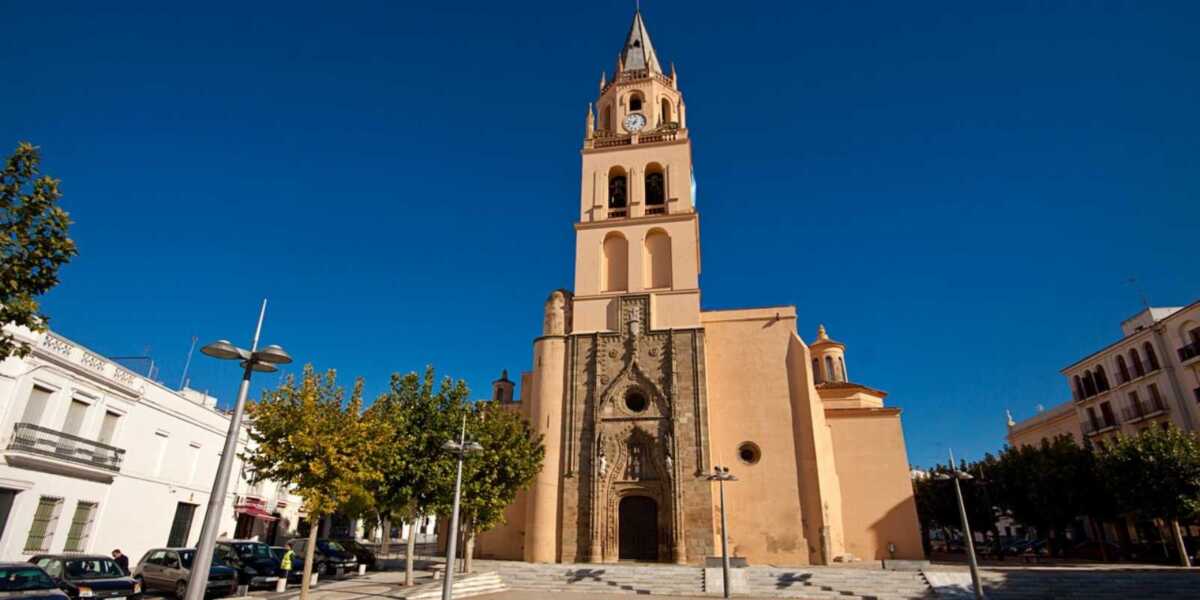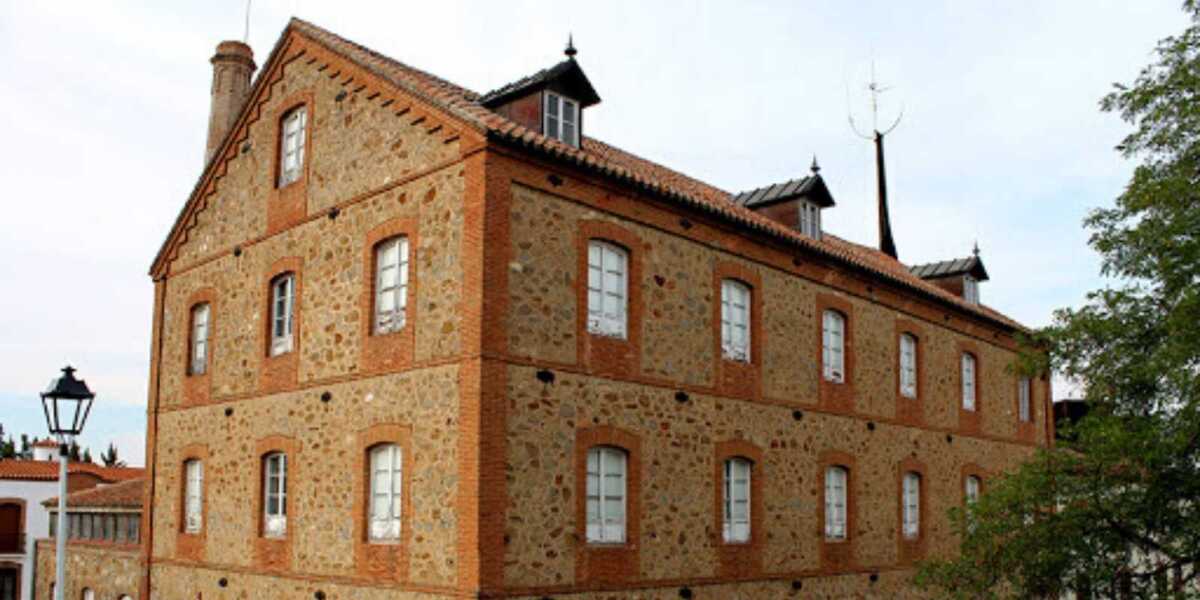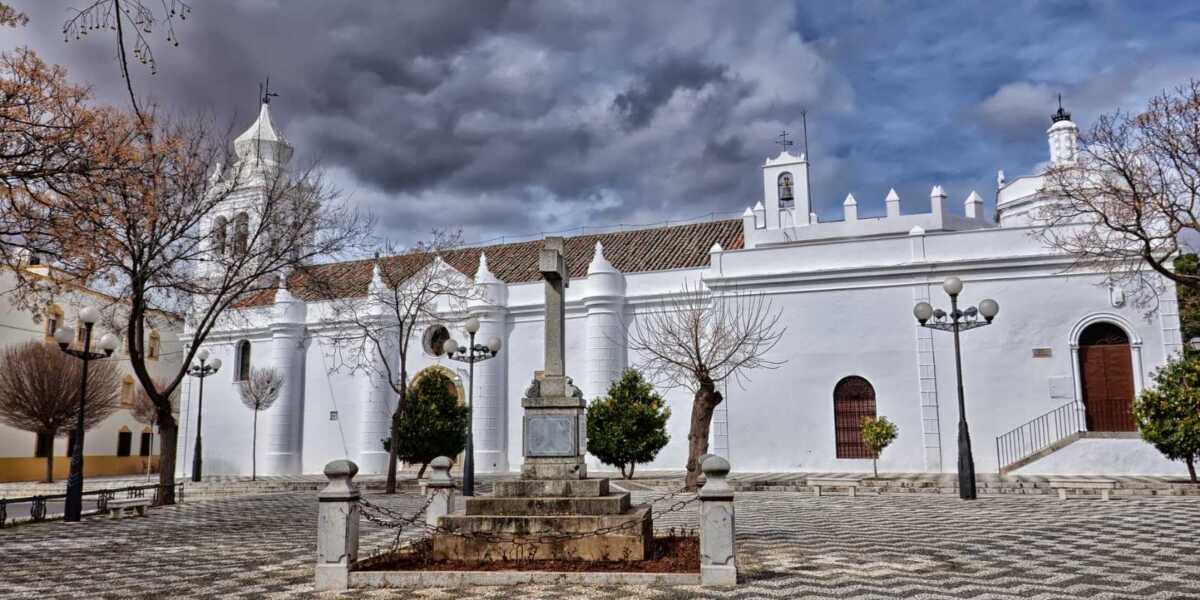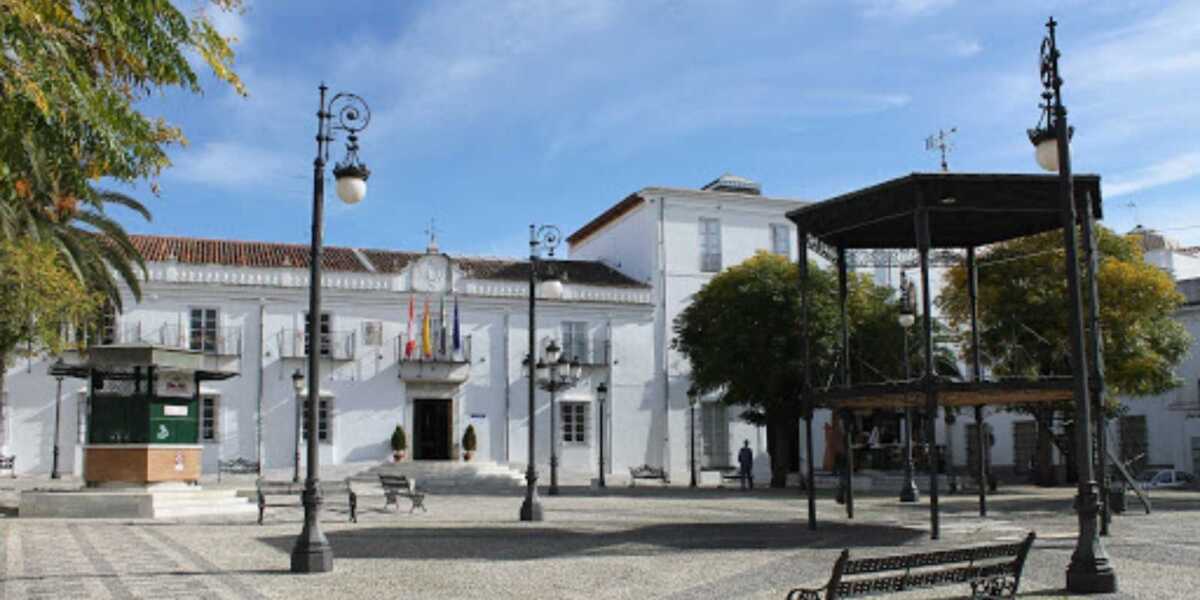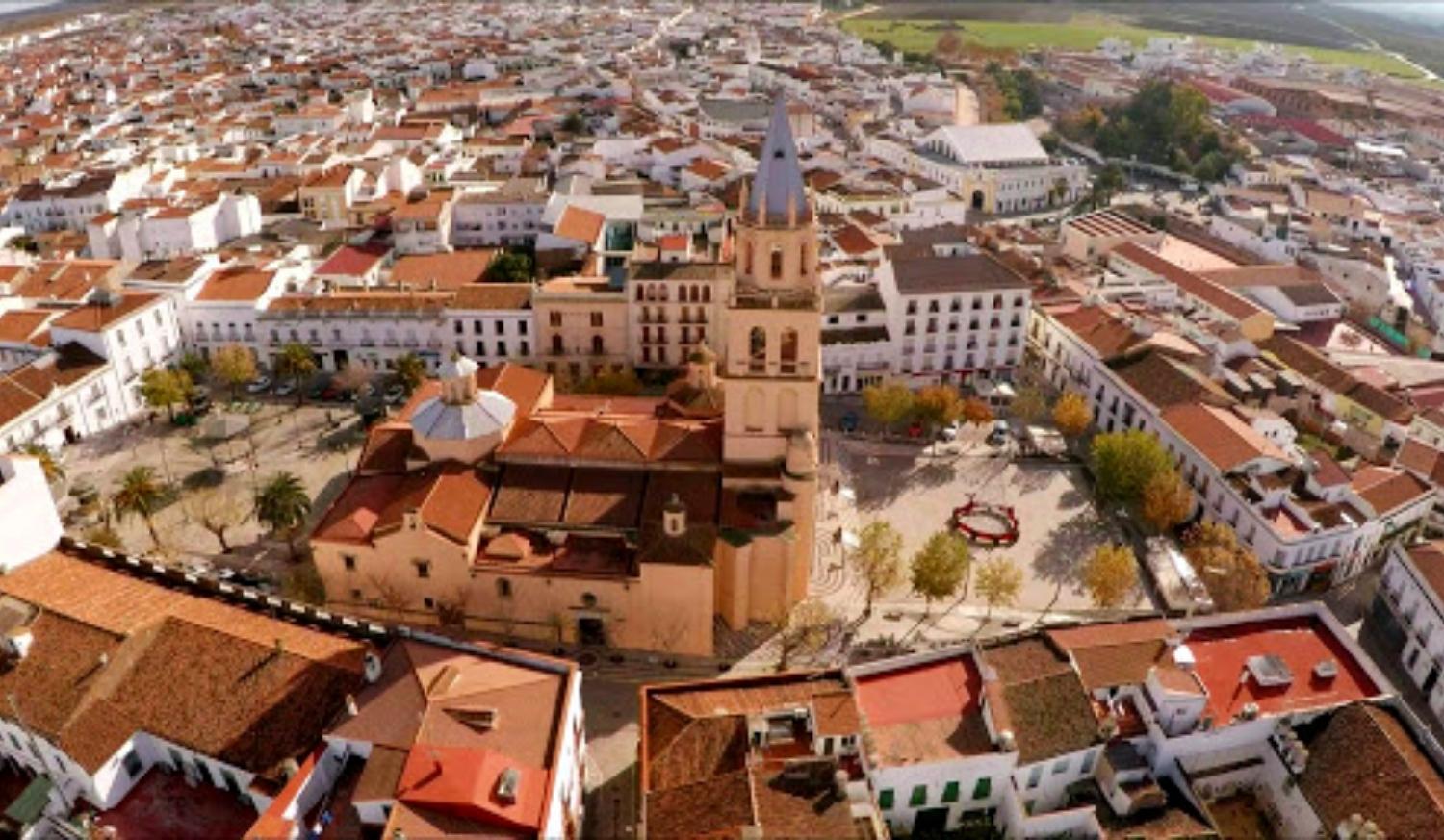
Information about Villafranca de los Barros
Villafranca de los Barros is a charming town located in Badajoz, which, together with Almendralejo, forms the regional centre of Tierra de Barros. It is a beautiful place with a long musical and artistic tradition, to which is added a kind of fertile land that is exploited with great success and gives rise to a succulent wine with Designation of Origin. A visit to this town is synonymous with joy, soaking up the culture and letting yourself be carried away by the enjoyment at all times.
What to see and do in Villafranca de los Barros
The Ethnographic Historical Museum of Villafranca de los Barros
This interesting museum contains 12 rooms in which a large number of pieces, reproductions and models that make up the social and historical evolution of Villafranca de los Barros are exhibited. There is no better way to understand the place where you are. It contains vehicles from all periods and a review of the musical importance of the small town, always with an artistic tradition behind it.
The parish church of Santa María del Valle
The Parish Church of Santa María del Valle is located in the town centre of Villafranca de los Barros and is a building of great interest, declared a Site of Cultural Interest. It is a temple from the second half of the 16th century that was built on top of an earlier construction. It is a Gothic style building, with a rectangular floor plan and three naves covered with ribbed vaults. In the following centuries its image continued to change due to different reforms and enlargements, an example of which are the seven side chapels created in the enlargement of the temple in the 19th century. As architectural and artistic heritage highlights the construction of the High Altarpiece, the vault of the choir loft, and the Door of Forgiveness.
The House of Culture
The House of Culture of Villafranca de los Barros is located inside an old flour factory, built at the end of the 19th century and declared an Asset of Cultural Interest in 1994. It is an excellent example of industrial architecture. As an anecdote, one of the oldest references to the building is the contract signed in 1895 between the owners and Isaac Peral for the installation of a power station. It is a construction built in stone masonry and mortar, with brick finials. An essential visit to learn a little more about the history of this beautiful city.
The Sanctuary of Nuestra Señora de la Coronada
This religious building is built in masonry stone, has a basilica floor plan, a single nave with a barrel vault and several side chapels. At the end of the Sanctuary is the façade tower, which houses the Choir and the Door of Forgiveness. In the choir, the magnificent nineteenth-century organ, recently restored, stands out. The High Altarpiece also deserves special mention, an authentic Baroque gift built at the end of the 18th century.
Grape Harvest Festival and traditional “Velá de la Virgen Coronada”.
This festival brings together all the essence of Villafranca de los Barros: gastronomy, music, wine and religious tradition. That is why it has been declared a Festival of Regional Tourist Interest. It takes place during the first ten days of September, coinciding with the celebration of the day of Extremadura. It begins with the so-called Gastromúsica, a gastronomic Festival consisting of a dinner, enlivened with music and held in the Auditorium-Bullring of Villafranca de los Barros. The event promotes the delicacies made with products from Extremadura and exquisite dishes from the area are tasted. It is held the weekend before the start of the Fiesta de Interés Turístico de la Vendimia y Tradicional Vela de la Virgen Coronada (Festival of Tourist Interest of the Grape Harvest and Traditional Candle of the Crowned Virgin).
The City Council
This is also a must-see building during a stay in Villafranca de los Barros. It is located in the Plaza de España and the ancestral home is the one occupied by the current Town Hall, both the square and the building. were erected during the reign of Charles III. Initially it was designed for use as a family home and it is still possible to distinguish the living area on the ground floor and the second floor or attic for grain storage. A curious location that gives character to the place.

